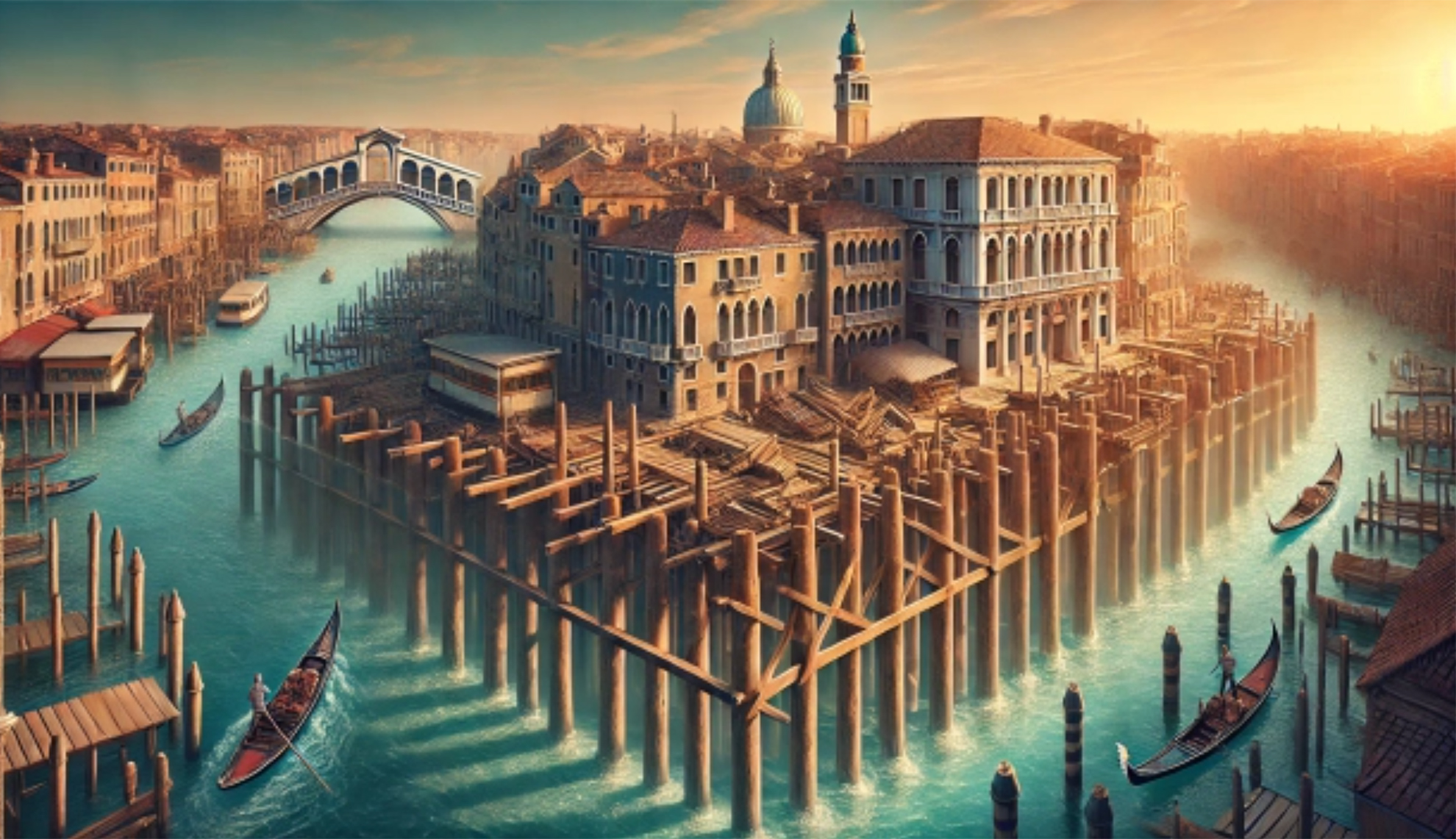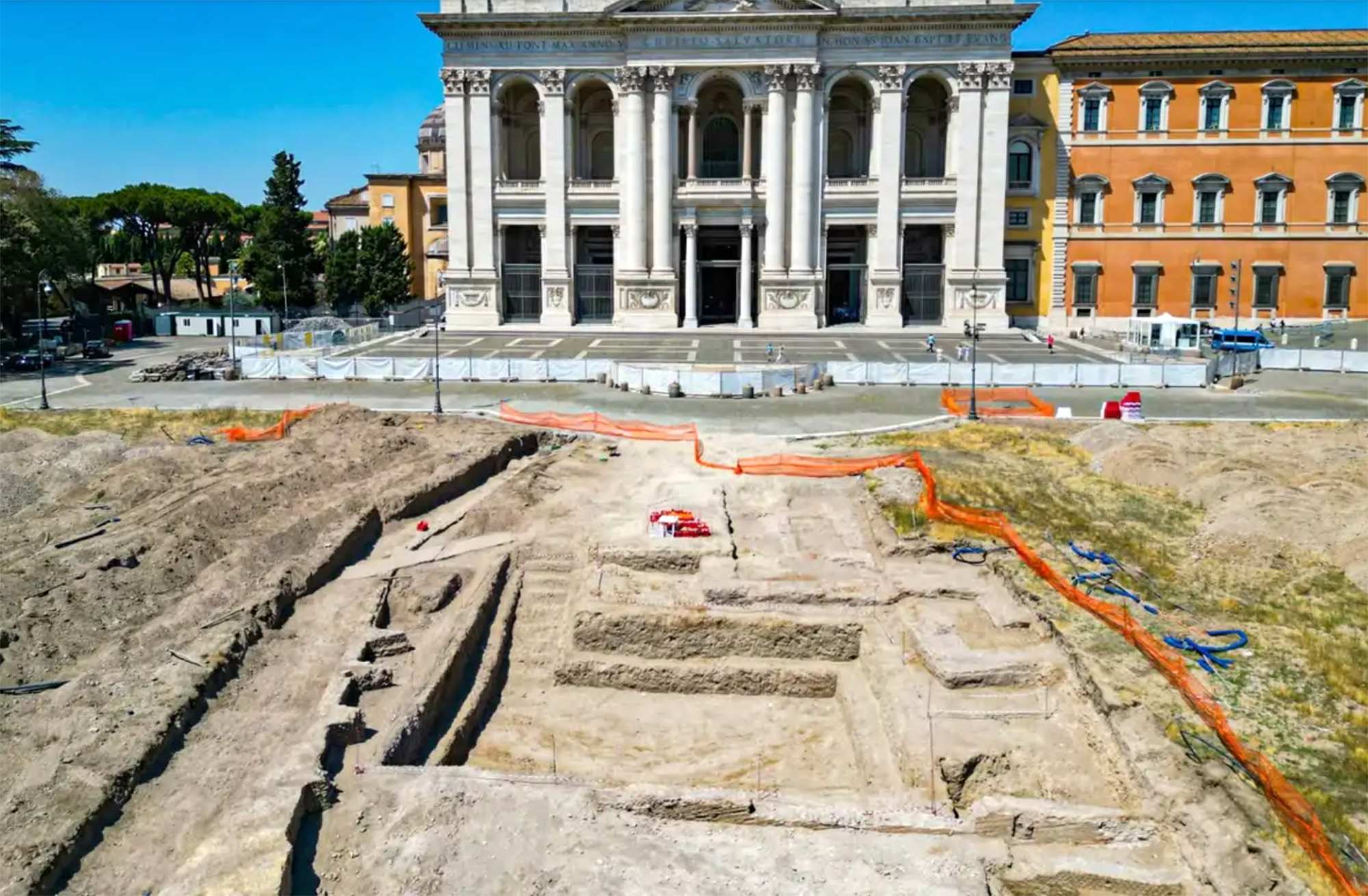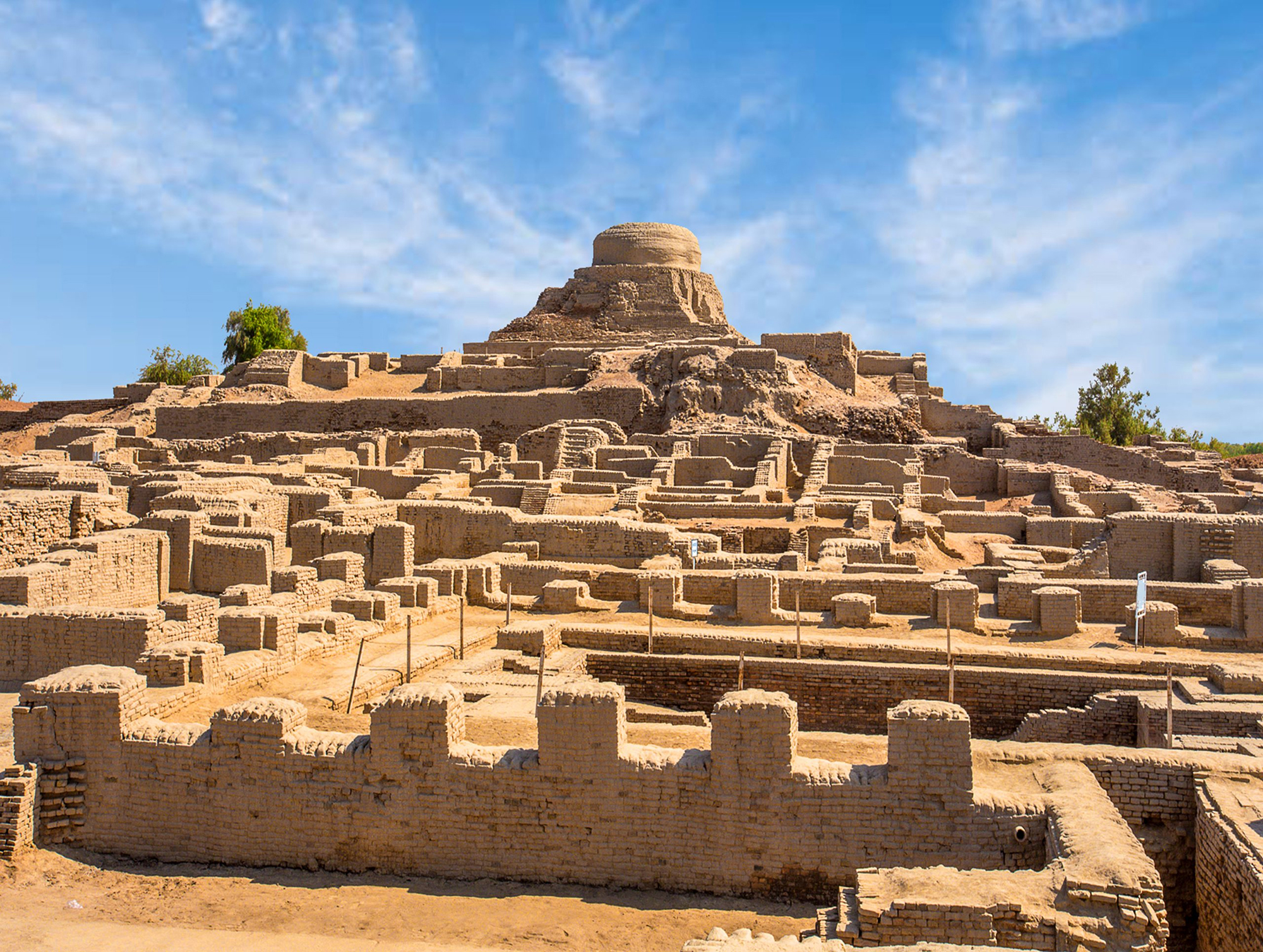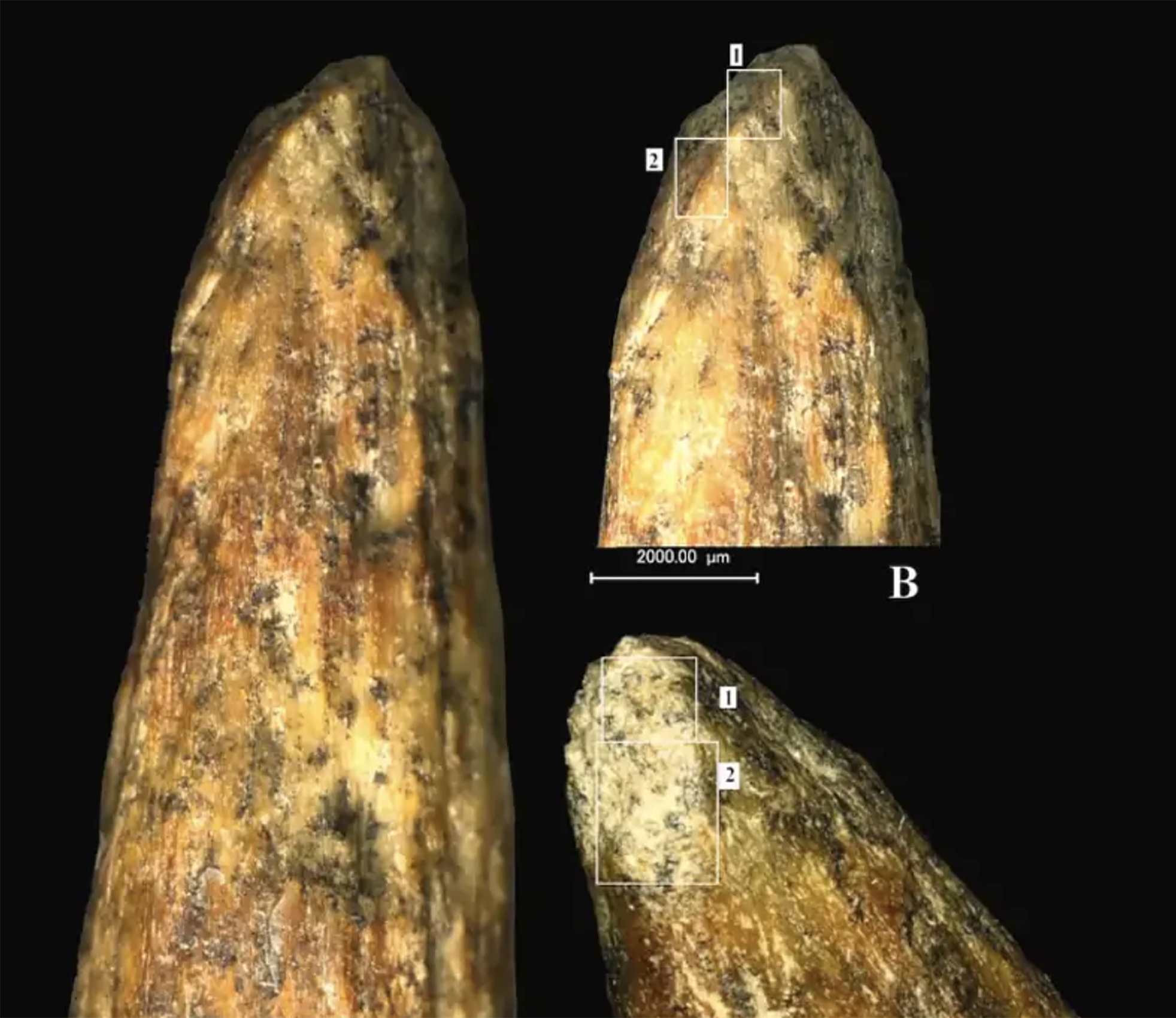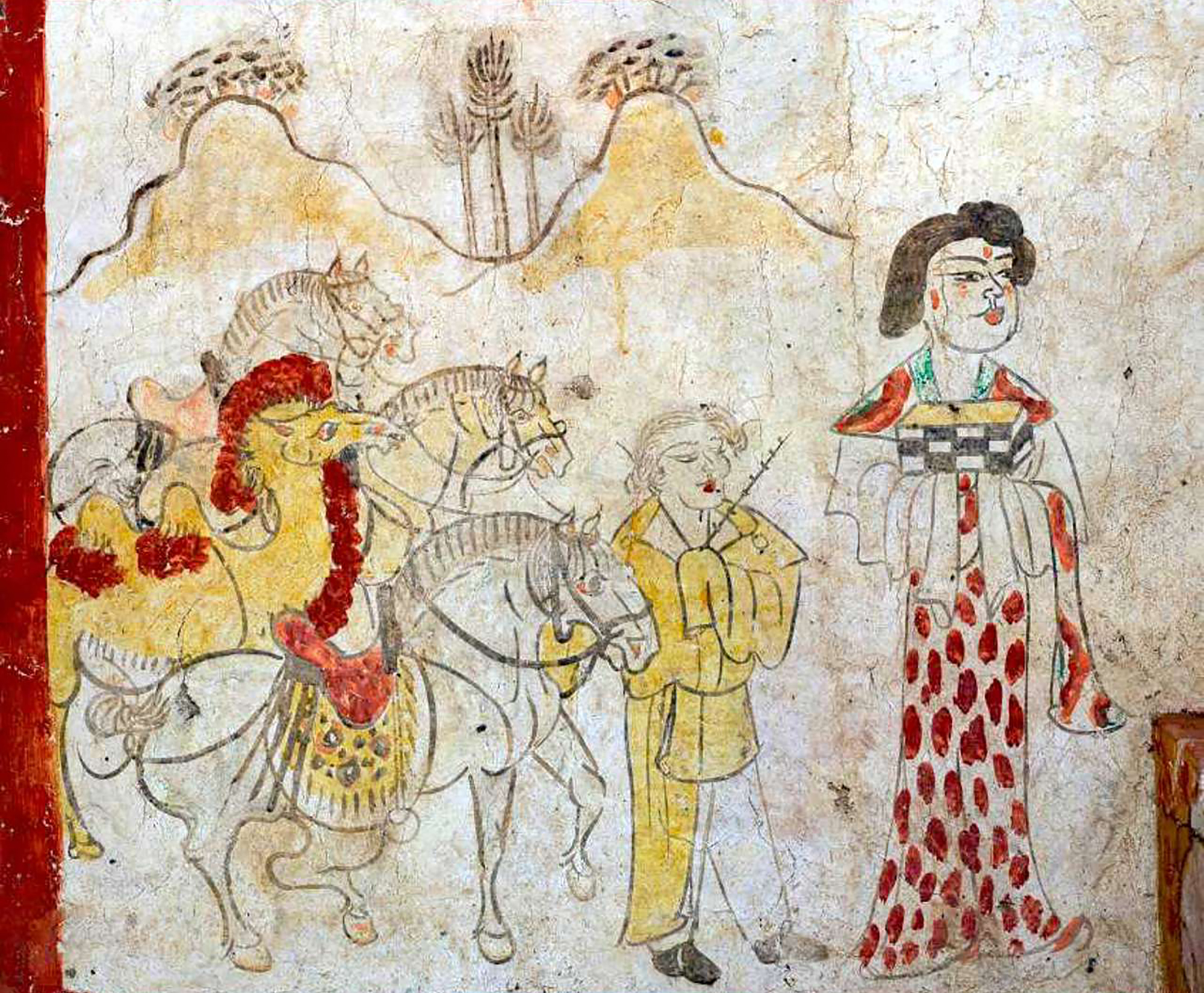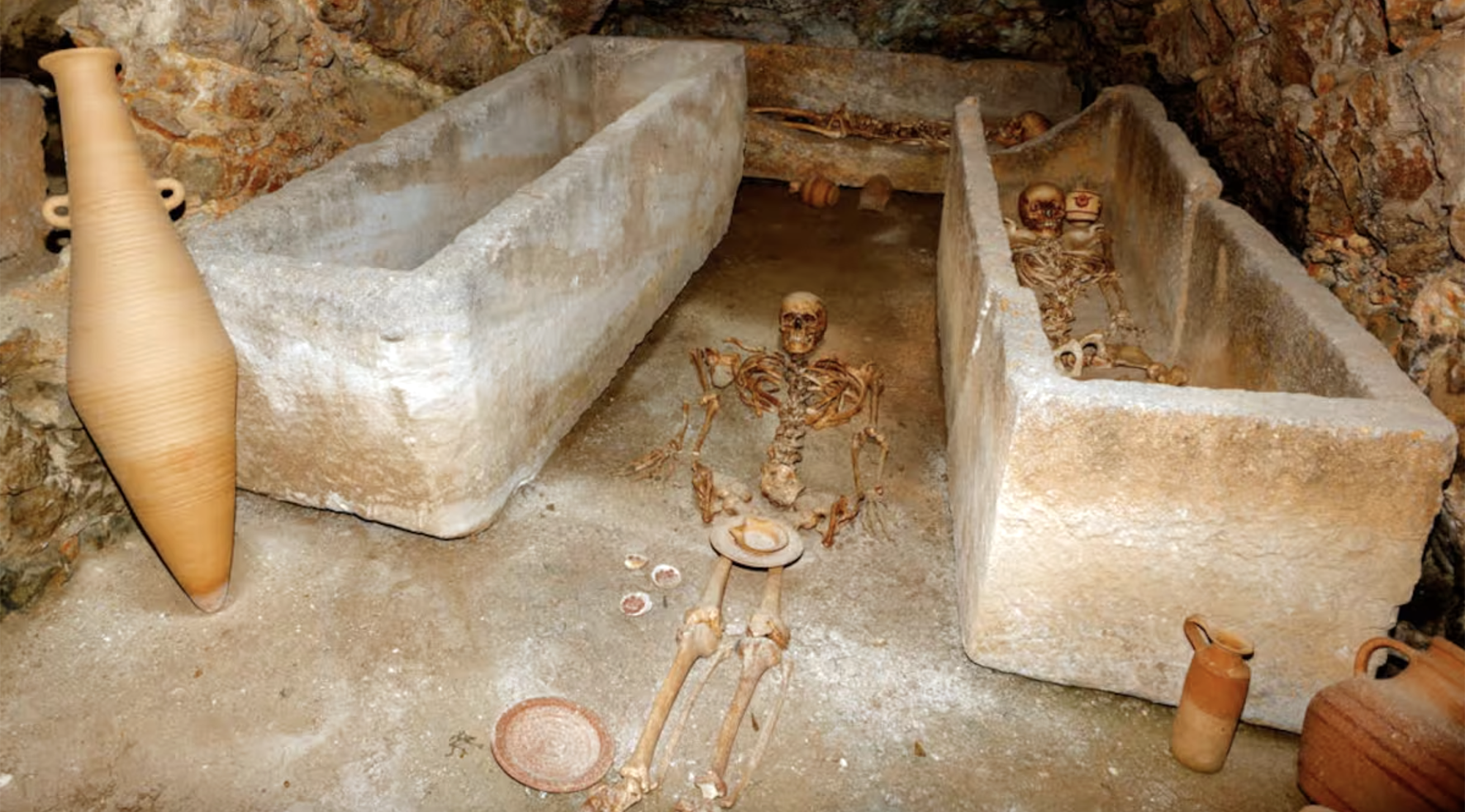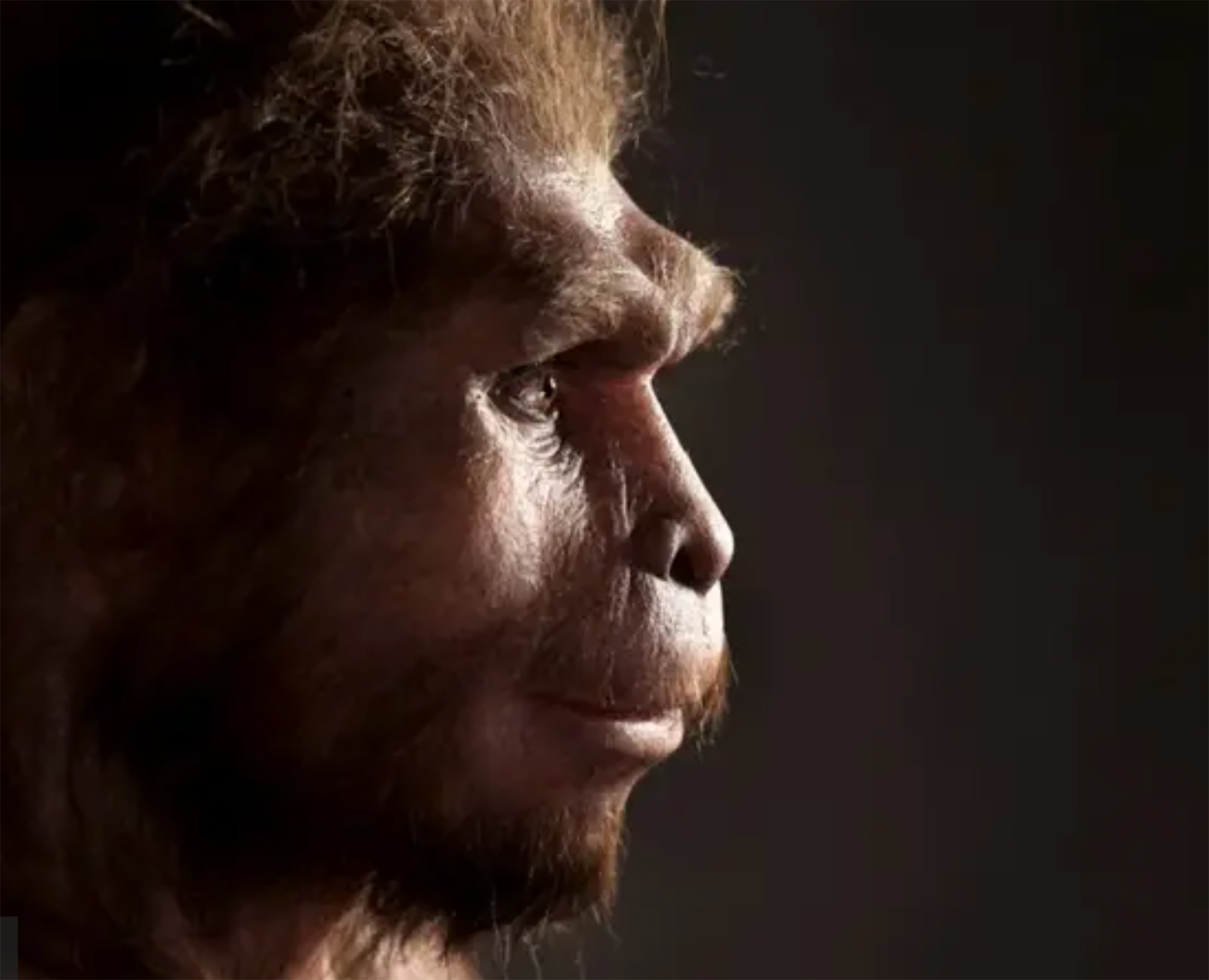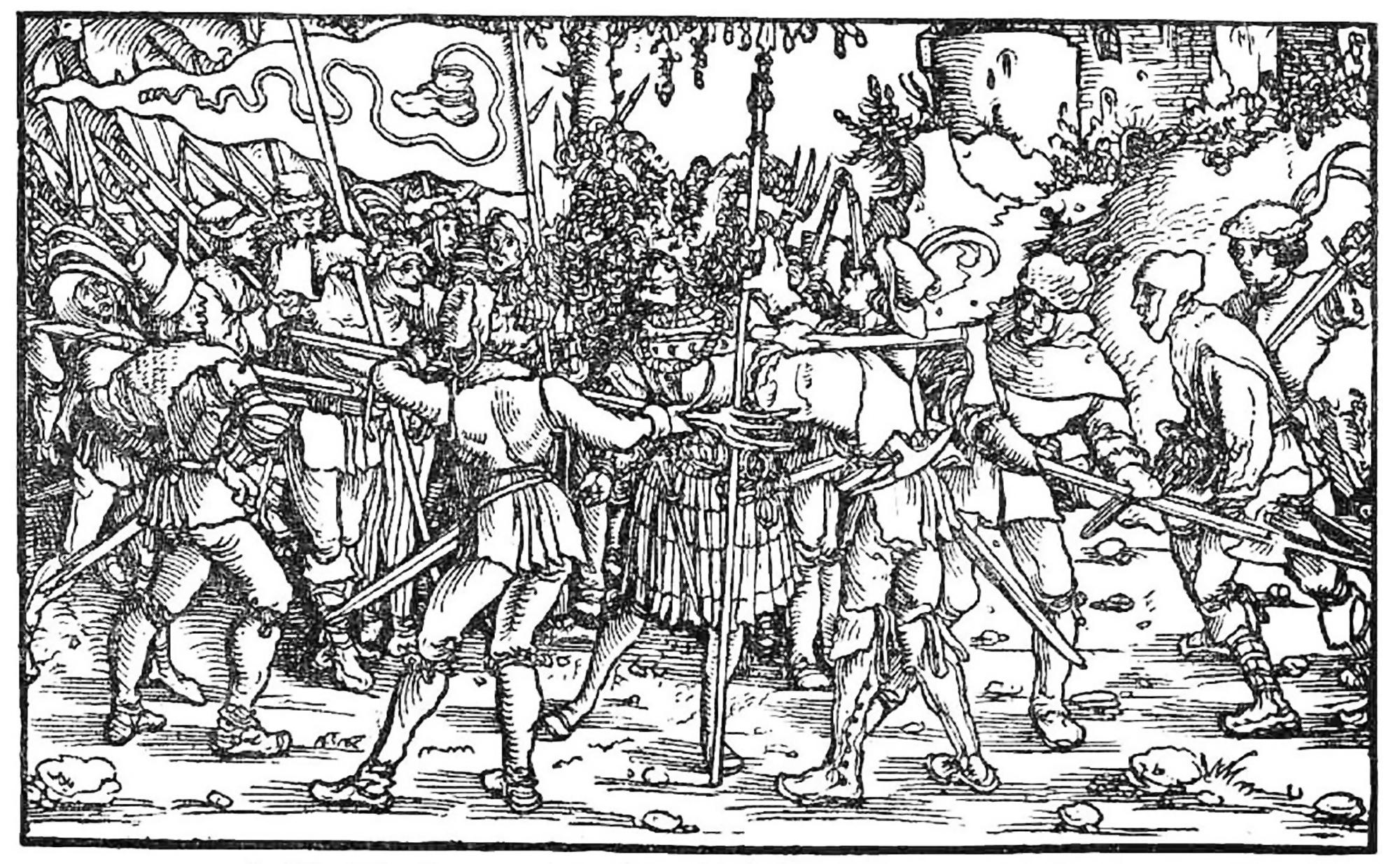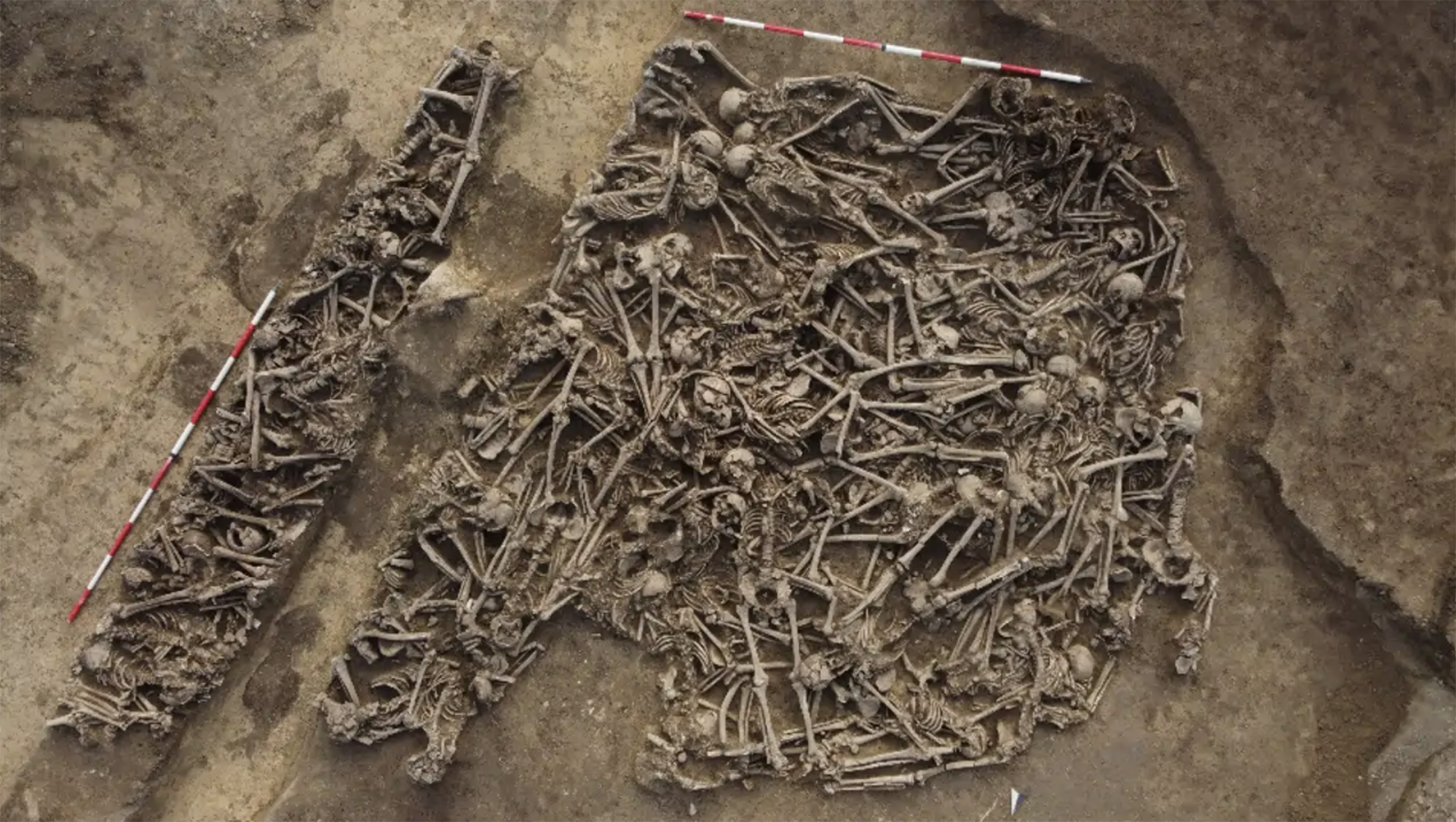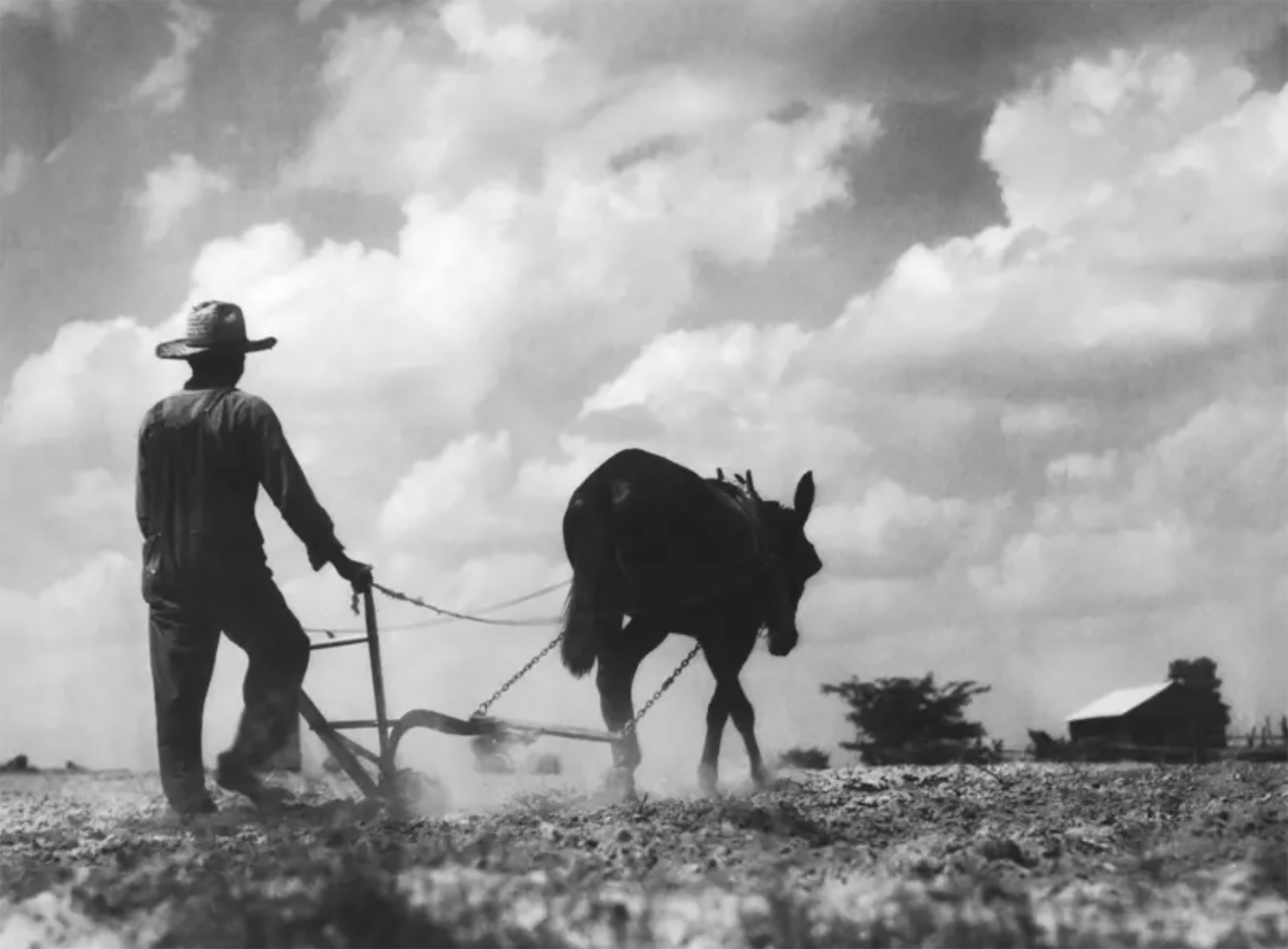Chinatown: cooked and squeezed
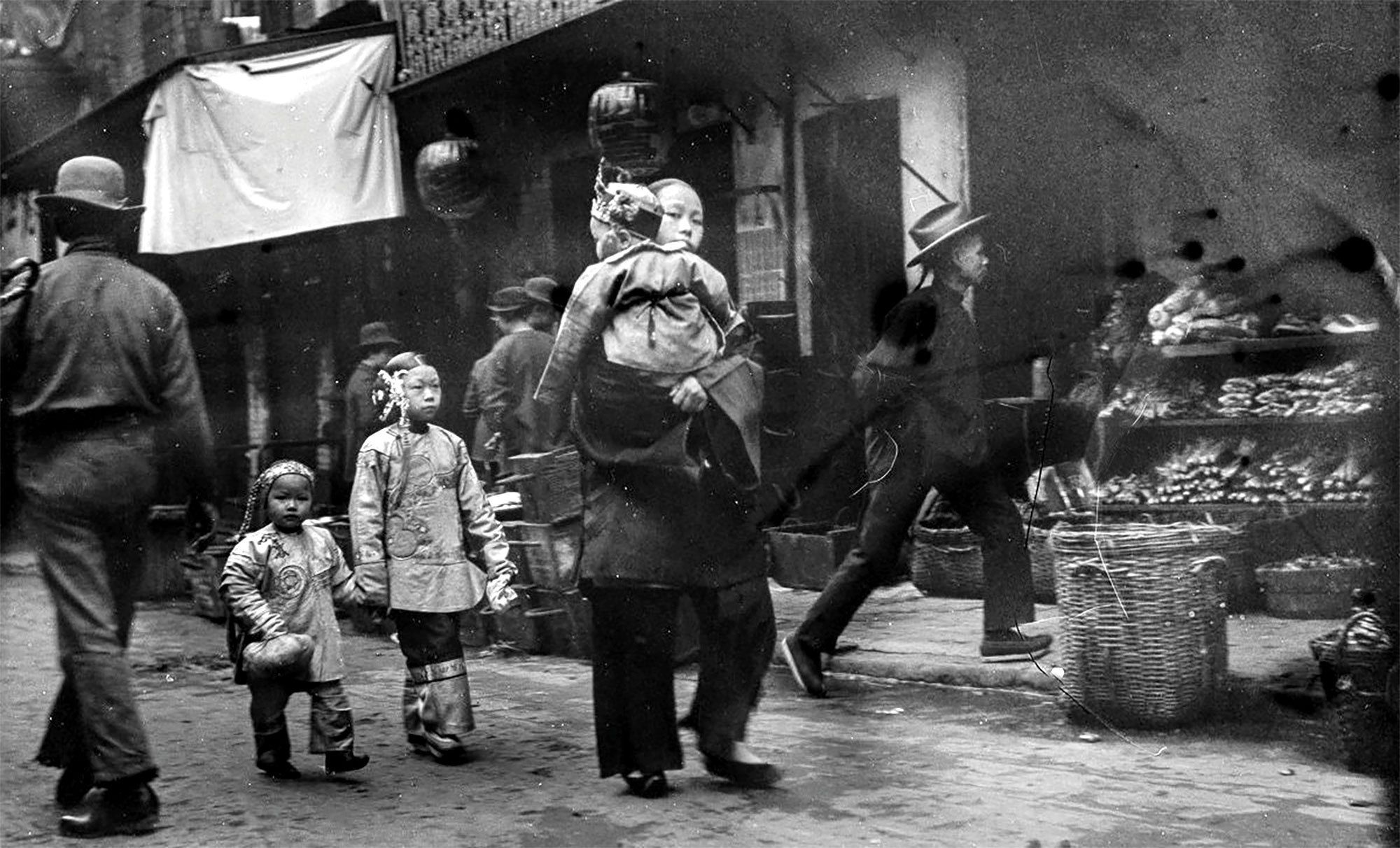
China, about 1417 years old. Admiral Zheng He, a salaried explorer of Ming Dynasty emperors, said it was possible “for everyone to leave China.” By then, the Chinese colony network began to expand in the Indian Ocean, the Red Sea and Southeast Asia, so the Chinese explorer was working. At the time of the Qing Dynasty, since 1644, migration fell considerably. But in the 19th century, Chinese waves, mainly ethnic, migrated to the five continents in search of better conditions than at home. Then the modern Chinatown emerged.
The oldest Chinese district of the documents is Manila, founded in 1594 according to various sources. The Spanish administrators of the Philippine colony have concentrated the citizens who came from China in the current Binondo neighborhood. By then the Filipinos and European settlers lived apart in the city, and that first Chinatown was used to distinguish the most excluded, such as those that would be created from then on.
According to researcher Ien Ang of the University of Western Sydney, these neighborhoods were ghettos, areas of enormous precariousness and that “were used to concentrate and exclude totally foreign autochthonos”
According to researcher Ien Ang of the University of Western Sydney, these neighborhoods were ghettos, areas of enormous precariousness and “to concentrate and exclude those who were absolutely foreign to natives.” They looked at the Chinese with contempt and bad suspicion and those neighborhoods “were an example of social and urban exclusion”.
But “the role and meaning of Chinese neighborhoods have undergone profound change in the last century,” Ang said. “They have become themed consumption points, tourist shows”. The clearest example of this change is the London Chinatown. The first Chinese neighborhood of the city emerged around the shipyards on the shore of the Thames, in an area of high precariousness and exclusion. After the Second World War, waves of migrants mainly from Hong Kong began to concentrate in Soho, and from the 1970s the theme park of tourist attraction began to flourish.
A few weeks ago, the mayor of Madrid, José Luis Martínez Almeida, explained the initiative to build a gigantic Chinatown in the Usera neighborhood. And the project responds perfectly to the model of the Chinese neighborhoods in a new way, with a goal of pure consumption and emphasizing erroneous stereotypes, performing cultural appropriation and negating the real raw past of the Chinese neighborhoods.
Pond of Venice, year 452. Prompted by the Huns' invasion, several inhabitants of the interior of the Italian peninsula took temporary refuge in the swampy area. But the Lombard invasions came in a few years, and it would become a permanent home for those immigrants. It was a... [+]
During a routine excavation in the Piazza San Giovanni in Laterano in Rome, archaeologists carried out the IX-XIII. They unexpectedly found the remains of a palace dating back to the centuries. And they think it could be the residence of the popes of the time. In other words,... [+]
The Indus Valley, about 5,000 years ago. The city of Mohenjo-Daro had about 35,000 inhabitants and, according to recent PNAS publication, had a very low Gini coefficient of 0.22 – a coefficient that measures the economic inequality of societies through the degree of... [+]
More and more studies indicate that Neanderthals had more advanced cognitive abilities than previously thought. The latter, published in the Journal of Archeological Science, refers to the spearhead of bone found in the Mezmaiskaya cave in Russia in 2003.
Using microscopy,... [+]
In the Chinese province of Shanxi, in a tomb of the Tang dynasty, paintings depicting scenes from the daily lives of the dead are found. In one of these scenes a blonde man appears. Looking at the color of the hair and the facial expression, archaeologists who have studied the... [+]
Carthage, from B.C. Around the 814. The Phoenicians founded a colony and the dominant civilization in the eastern Mediterranean spread to the west. Two and a half centuries later, with the decline of the Phoenician metropolis of Tyre, Carthage became independent and its... [+]
Rudolf Botha hizkuntzalari hegoafrikarrak hipotesi bat bota berri du Homo erectus-i buruz: espezieak ahozko komunikazio moduren bat garatu zuen duela milioi bat urte baino gehiago. Homo sapiens-a da, dakigunez, hitz egiteko gai den espezie bakarra eta, beraz, hortik... [+]
Böblingen, Holy Roman Empire, 12 May 1525. Georg Truchsess von Waldburg overthrew the Württemberg insurgent peasants. Three days later, on 15 May, Philip of Hesse and the Duke of Saxony joined forces to crush the Thuringian rebels in Frankenhausen, killing some 5,000 peasants... [+]
During the renovation of a sports field in the Simmering district of Vienna, a mass grave with 150 bodies was discovered in October 2024. They conclude that they were Roman legionnaires and A.D. They died around 100 years ago. Or rather, they were killed.
The bodies were buried... [+]
Washington, D.C., June 17, 1930. The U.S. Congress passed the Tariff Act. It is also known as the Smoot-Hawley Act because it was promoted by Senator Reed Smoot and Representative Willis Hawley.
The law raised import tax limits for about 900 products by 40% to 60% in order to... [+]
Until now we have believed that those in charge of copying books during the Middle Ages and before the printing press was opened were men, specifically monks of monasteries.
But a group of researchers from the University of Bergen, Norway, concludes that women also worked as... [+]
Florentzia, 1886. Carlo Collodi Le avventure de Pinocchio eleberri ezagunaren egileak zera idatzi zuen pizzari buruz: “Labean txigortutako ogi orea, gainean eskura dagoen edozer gauzaz egindako saltsa duena”. Pizza hark “zikinkeria konplexu tankera” zuela... [+]
Linear A is a Minoan script used 4,800-4,500 years ago. Recently, in the famous Knossos Palace in Crete, a special ivory object has been discovered, which was probably used as a ceremonial scepter. The object has two inscriptions; one on the handle is shorter and, like most of... [+]
Londres, 1944. Dorothy izeneko emakume bati argazkiak atera zizkioten Waterloo zubian soldatze lanak egiten ari zela. Dorothyri buruz izena beste daturik ez daukagu, baina duela hamar urte arte hori ere ez genekien. Argazki sorta 2015ean topatu zuen Christine Wall... [+]
Bilbo, 1954. Hiriko Alfer eta Gaizkileen Auzitegia homosexualen aurka jazartzen hasi zen, erregimen frankistak izen bereko legea (Ley de Vagos y Maleantes, 1933) espresuki horretarako egokitu ondoren. Frankismoak homosexualen aurka egiten zuen lehenago ere, eta 1970ean legea... [+]











